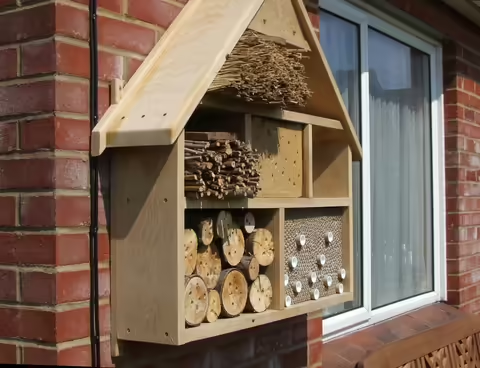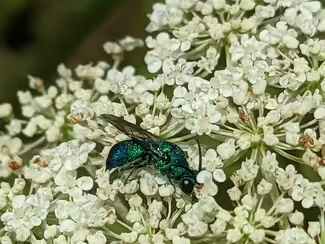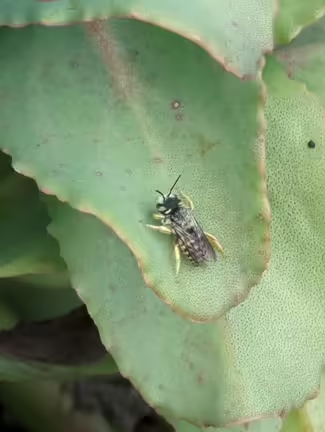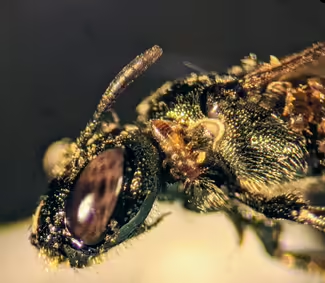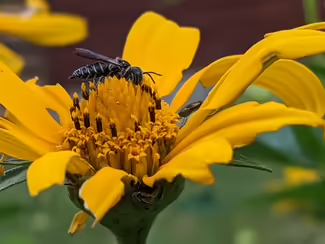Bee Hotel Project
Bee Hotel Project
Who stays in bee hotels?
Bee Hotels — artificial nesting structures for native bees — are common in gardens across the U.S. These “hotels” are collections of tubes or drilled tunnels suitable for use by cavity-nesting bees.
Unfortunately, a recent University of Illinois study showed these hotels may not be the safe havens for bee biodiversity that they are made out to be.
Donated bee hotels help pollinator science
In spring 2024, Timo Wayman, an Entomology graduate student at University of Illinois, collected donated bee hotels from Master Gardeners, Master Naturalists, and everyday gardeners from across the state. Their hope was that a study of the donated hotels would reveal how the structures could be optimized for conservation.
After a lengthy study of the hotel's occupants, Timo found some unfortunate news; the hotels mostly attracted introduced bee species. While Timo's work is not yet published in a scientific journal as of fall 2025, you can read their thesis on University of Illinois' IDEALS database.
Should I install a bee hotel?
In Timo's words "Garden bee hotels are likely not helping native bee diversity, and there are no clear recommendations for how to improve them."
As we wait for Timo's study to make it through peer review, we are temporarily recommending against the installation of new bee hotels. If you already have a bee hotel, we recommend removing it from use after allowing the current occupants to emerge in the spring.
This website will be updated after Timo's study has gone through peer review.
